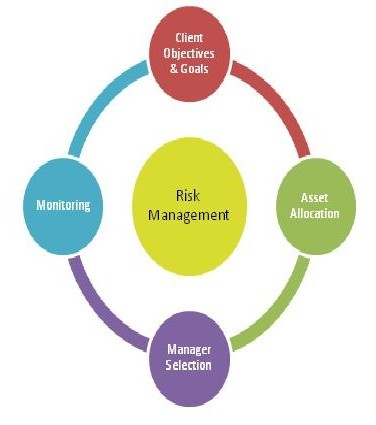Risk Tolerance Returns and Investment Time Horizons
Post on: 16 Март, 2015 No Comment

While all investments carry some risk, different types of investments are more risky than others. We measure the risk of an investment by looking at how volatile that investments return has historically been over a period of time.
Because fund companies have no legal limit on their expenses, competition plays an important role in keeping prices in check. Still, with no set structure and the fact that some funds perform better than others, it can be difficult to see where to get the most value for your dollar. Keep and review your fund performance reports, making sure to understand what fees you are paying and what your investments are paying.
Operating expenses
For simplicity, lets take a look at stocks vs. bonds since these tend to make up a large portion of many investors portfolios. Historically, stocks have provided much more volatile returns than bonds, so stocks are considered the riskier investment of the two. However, not all stocks offer the same amount of risk; certain types of stocks have provided more volatility than other types of stocks in the past. For example, stocks of companies that are domiciled in emerging markets such as China and India have historically provided more volatility than U.S. stocks. Additionally, stocks of smaller companies have historically provided more volatility than stocks of larger companies.
Risk and return tend to go hand in hand. This is why many people want to include riskier assets in their portfolios. If an investment is more volatile and therefore has higher risk, some people are willing to own it because it also offers the potential for higher returns. Conversely, a less volatile investment offers lower potential returns. In order to determine the correct mix of assets for your portfolio, we assess your risk tolerance, your time horizon, and your investment goals.
Risk Tolerance
Risk tolerance is defined as your ability and willingness to lose some or all of your original investment, at least temporarily, in exchange for greater potential returns. More aggressive investors with a high-risk tolerance are more likely to risk losing money in the short term in exchange for the potential to achieve a higher return over the long term. More conservative investors with a low risk tolerance favor investments less likely to fluctuate as much in value and are therefore less likely to generate large losses. In exchange for this, you have to be willing to give up the potential for higher returns. More aggressive investors tend to hold a higher allocation to stocks since stocks are more volatile but also offer higher potential returns. More conservative investors tend to hold a higher allocation to bonds because bonds offer less volatility. In exchange for that low volatility, however, bonds offer lower potential returns.
Time Horizon
Your time horizon is how long you plan to keep your money invested. For example, if you are 30 years old and intend to keep your portfolio invested until you are 60 years old, you have a very long time horizon. If, however, you have a portfolio set aside for your 15-year old childs college education, your time horizon is much shorter. If you have a longer time horizon, you may feel more comfortable taking on riskier, or more volatile, investments since you are able to ride out difficult markets and economic cycles. A riskier investment that decreases significantly in value over a short period of time has a chance to recover and appreciate in value over a long period of time. But, if you have a short time horizon and are close to meeting your investment goal, you wont want to risk losing a substantial amount of your investment. Your portfolio may not have time to recover the short-term losses incurred. Investors with a shorter time horizon should therefore have a larger allocation to less risky assets.
Even if you start out with a long time horizon, you will have to change your portfolios allocation as your time horizon becomes shorter. For example, as you approach retirement, your allocation to less risky assets like bonds and cash should increase while your allocation to riskier assets like stocks should decrease.
Investment Goals
Your investment goals also help determine the proper allocation to more risky or less risky assets. With the help of one of our advisors, you can assess how much your portfolio needs to grow in order to meet your goals. If more growth is needed, you may need to allocate more of your portfolio to a riskier investment that has greater return potential. On the other hand, if less growth is necessary, you may be able to invest in less risky assets that provide less volatility.














